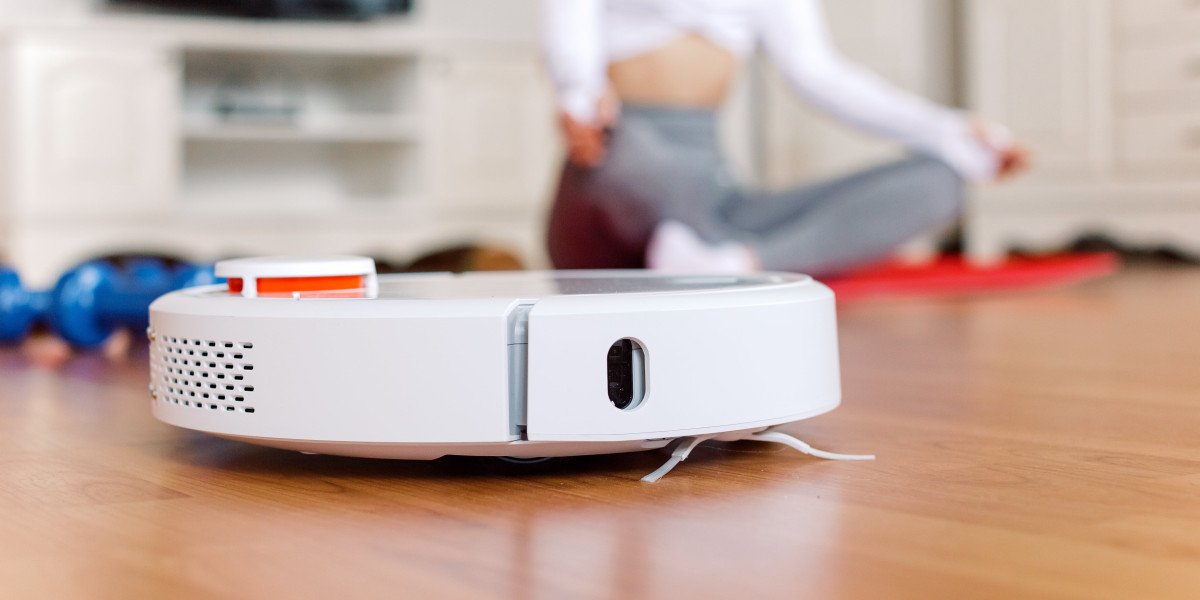Sin embargo, es importante tomar en consideración que esta es solo una estimación general y que otros causantes como la utilización de la habitación y la intensidad de luz deseada pueden influir en la cantidad final de lámparas necesarias. El procedimiento de lúmenes determina el número de luminarias o lámparas que debe contener un espacio arquitectónico, las que formarán una parte del proyecto de la instalación eléctrica. El cálculo de la iluminación LED es fundamental para mejorar la eficacia y el rendimiento en tecnología puntera. Con la utilización de la iluminación LED, es posible obtener esenciales beneficios, como un consumo energético bastante menor y una vida útil mucho más larga. Si te molesta la iniciativa de calcular la iluminación y no sabes por dónde iniciar, nosotros te asistimos. Esta calculadora de lúmenes por metro cuadrado te da el nivel de iluminación perfecto para cada habitación de tu casa y determina cuántas lámparas necesitas para lograrlo.
Alumbrar un cobertizo utilizando un módulo solar es la labor de bricolaje de Bricomanía. Mi nombre es Julio Blanco, y soy un escritor técnico especializado en electrónica y tecnologías emergentes. Mi pasión por la electrónica empezó desde joven, lo que me llevó a conseguir una maestría en Ingeniería Eléctrica. Me encanta investigar y escribir sobre los últimos avances en electrónica, desde la robótica hasta la inteligencia artificial. Recuerda tener en cuenta todos los causantes mencionados para conseguir el más destacable resultado viable.
In nations like Brazil and Venezuela, measures have been handed on energy-consuming bulbs, since 2005. As time handed, Edison was above other rivals in his enterprise, particularly when he developed a less expensive bulb. A practical method to Swan’s invention was to make use of a thin filament with high resistance and less present for it to glow. In 1850, Joseph Swan, an English scientist, decided to counter the cost-effective drawback encountered by earlier inventors. In 1800, Alessandro Volta developed the primary recognized battery, one of many earliest methods of producing electrical energy.
Explore History at NLM
The incandescent lamp was the first large-scale application of electrical energy. Obviously this requires energy stations to generate and networks to distribute the electricity. In the early days, twin current (DC) dominated and solely quick distances could probably be covered between the facility station and point of use. At that point in time there was not but any voltage standard in networks.
Part one: early developments
What is more, apps can be programmed to vary gentle intensity or color in many circumstances, thereby increasing the number of potential uses. The incandescent lamp was the killer utility of the electrification and now its ultimate successor was set to turn into the first large-scale IoT software. When legislators drafted their plans to section out the GLS incandescent lamp, they could not yet bank on the availability of the LED lamp. However, by the time the GLS incandescent phase-out legislation came into force between 2007 and 2012, the LED bulb had already entered the stage. Akasaki gained the 2014 prize with two other scientists, Hiroshi Amano and Shuji Nakamura. Together they developed the blue light-emitting diode, described as a "revolutionary" invention by the Nobel jury.
Confining isolated chromophores for highly efficient blue phosphorescence
In 1840 Warren de la Rue invented a kind of incandescent light bulb we'd recognize at present. Unfortunately, the high price of the material prevented the bulb from turning into a commercial success. The patents and commercial development of fluorescent lamps have paved the way for advancements in lighting know-how and have had a profound impact on the way we illuminate our world. The fluorescent lamp’s energy efficiency and durability have not only improved lighting high quality but have additionally contributed to the worldwide efforts towards sustainability.
When Were LEDs Invented?
In 1961, Gary Pittman and Bob Biard from Texas Instruments found that that gallium-arsenide diode emits infrared gentle each time it is related to present. Nick Holonyak Jr., employed in General Electric, developed in 1962 first light-emitting diode that emitted mild in the visible a part of the frequency range. George Craford, who was a graduate scholar of Holonyak, invented the primary yellow lâmpada led h7 8000k and a brighter red LED. Thomas P. Pearsall developed high brightness light-emitting diode in 1976, to be used with fiber optics in telecommunications. Shuji Nakamura of Nichia Corporation made first blue LED in 1979 nevertheless it was too costly for business use until 1994.
However, inventors were nonetheless searching for a lighting solution that might be much more energy-efficient and long-lasting than the incandescent lamp. Their efforts lâMpada led h7 8000k to the event of the fluorescent lamp, which would revolutionize the world of lighting. The semiconductor business that emerged on the finish of the Fifties gave us more than computer chips. The expertise that provides microscopic magic on silicon wafers can additionally be used to make what is recognized as Light Emitting Diodes or LEDs.







